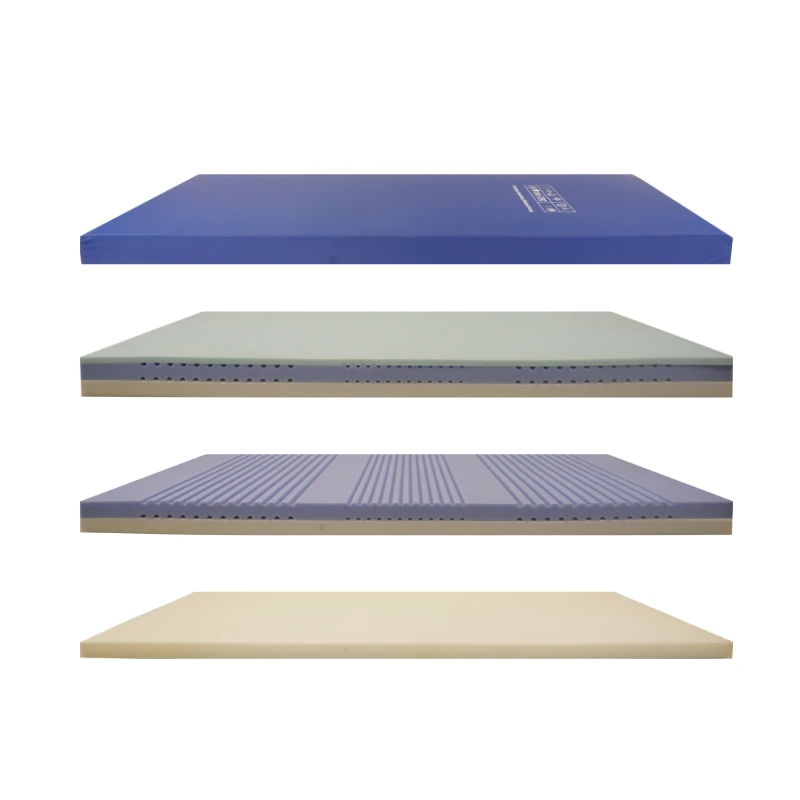Inflatable Mattress for Pressure Relief and Comfort During Extended Bed Rest
The Importance of Anti-Decubitus Air Mattresses in Pressure Ulcer Prevention
In recent years, the conversation surrounding patient care has increasingly highlighted the importance of preventing pressure ulcers, also known as bedsores or decubitus ulcers. These painful injuries to the skin and underlying tissue often develop in individuals who are bedridden, particularly the elderly or those with restricted mobility. An effective way to combat the risk of these injuries is through the use of anti-decubitus air mattresses, which offer a balanced combination of comfort and support.
Understanding Pressure Ulcers
Pressure ulcers can occur when an individual remains in one position for an extended period, leading to reduced blood flow to specific areas of the skin. They commonly develop over bony prominences, such as the heels, sacrum, and elbows. Factors contributing to the formation of pressure ulcers include prolonged pressure, moisture, friction, and shear. Not only do pressure ulcers cause physical discomfort, but they can lead to serious complications such as infections, increased hospitalization, and prolonged recovery times.
What are Anti-Decubitus Air Mattresses?
Anti-decubitus air mattresses are specialized sleeping surfaces designed to distribute body weight evenly and reduce pressure on vulnerable areas. Unlike traditional mattresses, these air-filled alternatives utilize a series of air cells that inflate and deflate periodically. This dynamic support system helps to promote blood circulation and prevent the stagnation of blood flow that leads to the development of pressure ulcers.
Key Features and Benefits
anti-decubitus air mattress

1. Adjustable Pressure Settings Many anti-decubitus air mattresses come with adjustable settings, allowing caregivers to tailor the pressure levels according to the patient's specific needs. This customization helps ensure that individuals receive optimal support.
2. Alternating Pressure Therapy The key principle behind these mattresses is alternating pressure therapy, which alternates the inflation and deflation of different air cells throughout the night. This continuous change in pressure encourages blood flow, thereby reducing the risk of pressure ulcer formation.
3. Enhanced Comfort Patients often find anti-decubitus air mattresses more comfortable compared to traditional foam mattresses. The cushioning effect of air cells molds to the contours of the body, providing improved comfort for individuals who spend significant time in bed.
4. Breathability and Moisture Control Many anti-decubitus mattresses are designed with breathable materials that help wick moisture away from the skin. This feature helps reduce the risk of skin breakdown associated with excessive moisture—a common issue for immobile patients.
5. Portability and Ease of Use Modern anti-decubitus mattresses are often portable and easy to install. They can be used in various settings, including hospitals, nursing homes, and home care environments, making them a versatile solution for many patients.
Conclusion
The use of anti-decubitus air mattresses is an essential strategy in the prevention of pressure ulcers. With their specialized design and therapeutic features, these mattresses provide effective support for individuals at risk of skin breakdown. By promoting blood circulation, ensuring comfort, and enhancing moisture control, anti-decubitus air mattresses not only improve the quality of life for patients but also aid in their recovery. It is critical for caregivers, healthcare providers, and family members to understand the benefits of these mattresses and to prioritize their use as part of comprehensive patient care. Investing in an anti-decubitus air mattress can ultimately lead to better health outcomes and increased comfort for those most vulnerable to pressure ulcers.
-
The Effect of Coconut Foam Mattress Breathability and Humidity Regulation on Improving Sleep QualityNewsJul.03,2025
-
How Wave Mattress Systems Improve Blood Circulation During ImmobilityNewsJul.03,2025
-
The Climate-Adaptive Sleep Revolution: Exploring the Benefits of Cooling Gel Memory Foam MattressesNewsJul.03,2025
-
Exploration of the Role of Coconut Foam Mattress in Preventing Bedsores in the ElderlyNewsJul.03,2025
-
Comparing Wave Mattress and Air Mattress: Which Is Better for Medical Use?NewsJul.03,2025
-
Analysis of Comfort and Environmental Performance of Natural Latex and Coconut Foam MattressNewsJul.03,2025
-
Multi-Layer Construction for Enhanced Performance in Gel Mattress PadNewsJun.24,2025

